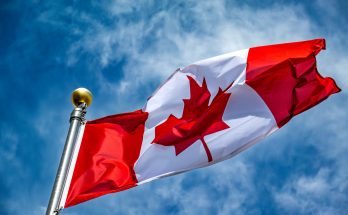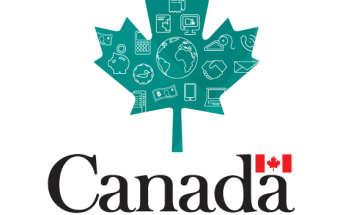Whether it’s flooding in Toronto or forest fires raging in Alberta and Manitoba, climate change is pushing natural disasters into populated areas and having a dire impact on communities.
The threat to many homeowners extends beyond property damage and risk of life. The value of their homes and properties could be at risk.
“In Canada right now, few property owners actually know if their property is exposed to any type of climate risk, whether flooding, wildfires or landslides,” says Dr. Jason Thistlethwaite, professor in the Faculty of Environment and co-lead of the Climate Risk Research Group at the University of Waterloo. “We very much like to keep our heads buried in the sand on this. But information and data are powerful tools that can help us direct our community resources toward prevention and preparedness.”
Recent events around the world, including the fires in Los Angeles and the flooding in the North Coast of Australia, should serve as a further reminder that Canada is not immune from the catastrophic impact of major climate-influenced events.
While governments around the world have put in place response teams and protocols, according to researchers, there has not been a focus on preparedness. Governments are also off-loading responsibilities to regional and local governments.
“Every dollar governments spend building a community to withstand a disaster like a flood or wildfire has a tremendous return on investment, but it is not rewarded with voters,” Thistlethwaite says. “It’s the opposite in the aftermath of a disaster when a government knows it will lose votes if it doesn’t spend enough on recovery to help people get back on their feet.”
Thistlethwaite says there are many similarities within health care. He says our health-care systems struggle to allocate resources, policy and people to preventative medicine, but when someone gets sick or injured the system responds well.
“Canada is about 10 to 15 years behind its G7 counterparts when it comes to pro-active disaster management,” Thistlethwaite says. “The U.S. has the Federal Emergency Management Agency, which, despite its critics, has a huge budget and tends to be a lot more proactive and experimental than Canadian authorities. The U.K. even has a property address lookup to measure your risk.”
Waterloo researchers from across disciplines are collaborating to analyze and innovate in the areas of preparedness, mitigation and recovery. In the most recent survey conducted by Waterloo researchers about natural disaster awareness in Canada, it was found that only 6% of Canadians who live in a high-risk flood area were aware of the danger. Insurers and governments have the tools to inform Canadians about these risks, but are reticent to do so because of a fear of influencing property values.
According to Thistlethwaite, it comes down to a lack of data. “I’m working on a project to improve the efficiency of risk assessment so it doesn’t take a bunch of supercomputers or expensive consultants for a municipality to understand whether they can safely build needed housing near a floodplain or wildfire zone safely,” he says. “This involves collaboration with engineers, geospatial specialists, actuaries and policy people.”
Thistlethwaite says you should be able to use your address to access comprehensive information on your property’s exposure to any type of risk.
“You should be able to access the implications for insurance related to that risk and disaster recovery systems in place in your area, and you should know about subsidies and local services that could support you in making informed choices to help protect your property.”
Currently, none of that information is readily available.
He has also explored other policy approaches, including whether or not government-initiated buyout programs would be an effective approach to reducing the flood and fire risk for people and property.
“It is imperative that we consider every option when it comes to resiliency, preparedness and mitigation, so that our communities stay safe.”
It can be challenging to look beyond the fear of disaster and what it can mean to one’s business and property values, but according to Thistlethwaite, there is light at the end of the tunnel.
“We need to start treating property owners as adults, by providing clear and transparent information about disaster risk, then we can start coming up with solutions to protect and prepare for what’s ahead.”
Provided by University of Waterloo





